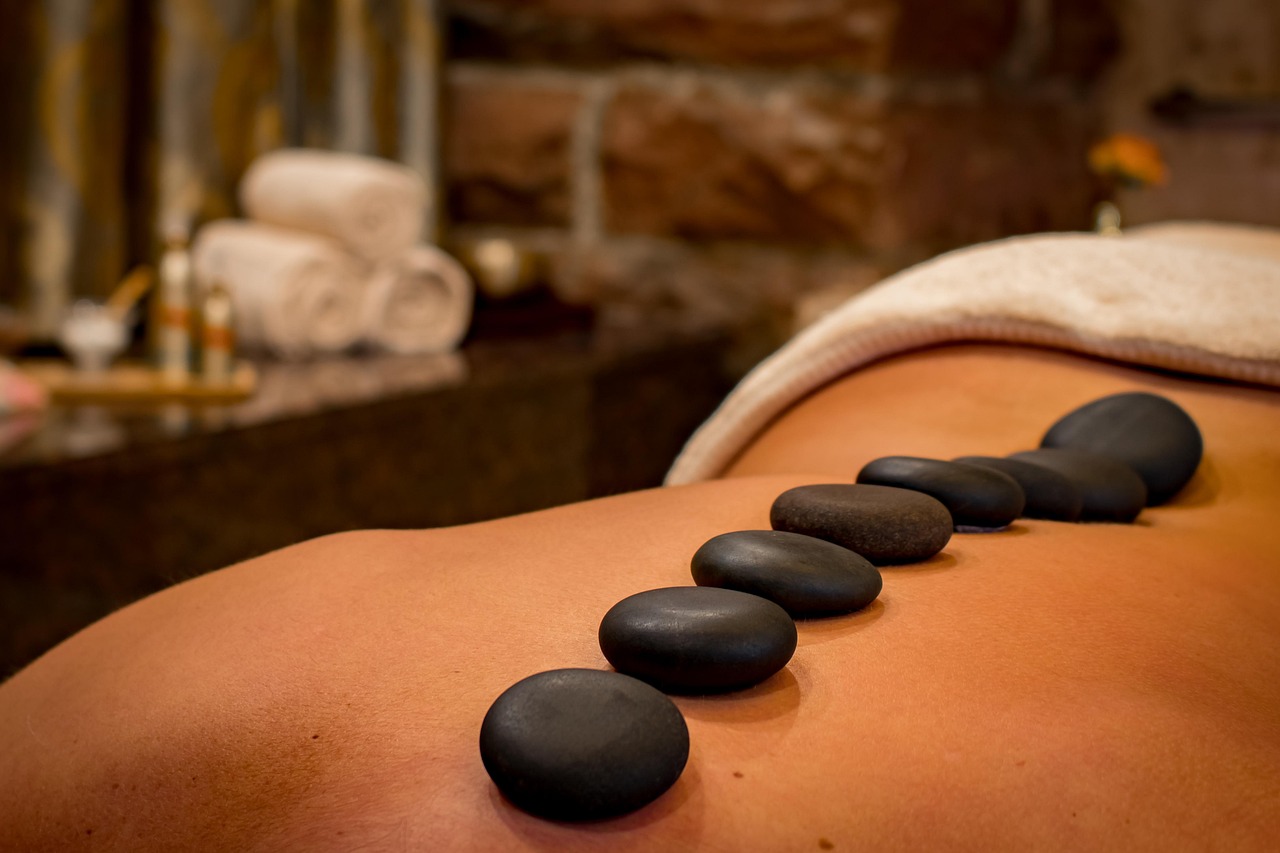A healthy weight and strength- are essential- as you enter your 40s, 50s, and beyond.
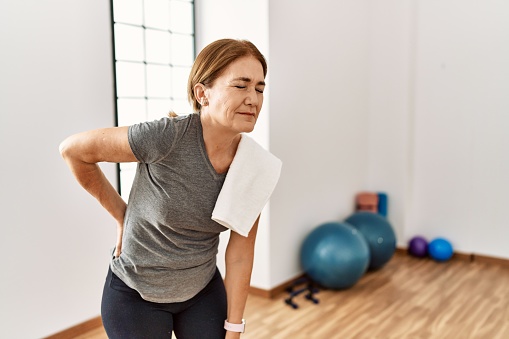
It’s a time when:
- metabolic rates start to decline,
- it’s harder to lose weight,
- your hormones are changing,
- you’re losing bone and muscle mass,
- and chronic conditions begin to appear.
For me, it was- “Hi, Arthritis…nice to finally meet you- NOT!!!”
So, is it all downhill from here? No!!!
Our bodies are amazing and it is possible to reduce or reverse the negative effects of aging and be strong, energetic, and full of clarity.
How? By intermittent fasting and regular strength training, of course!
1.) The Benefits and Basics of Intermittent Fasting
Understanding Intermittent Fasting (IF)
Intermittent fasting isn’t a diet; it’s a pattern of eating. It’s about when you eat, not what you eat.
The most common framework for IF involves eating within a time window, typically with daily fasting periods of 16 hours or more.
Like 16:8, a popular fasting philosophy where you eat within an 8-hour window and fast for 16 hours.
But starting at 13 hours of fasting is an attainable starting place, and fasting hours can increase from there.
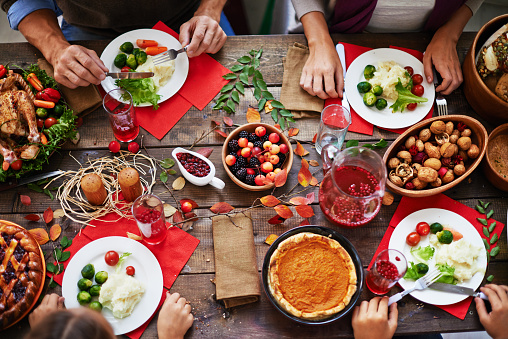
Why IF Is Awesome
There are SO MANY IF benefits for obese/overweight women and women over 40, 50, 60, and beyond, like potentially:
- improving insulin sensitivity,
- promoting weight loss, and
- boosting energy levels
-and those are just “surface-level” bonuses.
That’s not even getting into the science of what really happens within our bodies when we practice IF!
If you want to dive into IF specifically for women, I highly suggest reading “Fast Like A Girl” by Dr. Mindy Pelz.
Dr. Pelz has spent years researching the effects of fasting on women’s bodies, especially how fasting affects our hormones, and which foods help aid our hormones through the different fluctuations within the month.
If you’re serious about starting a fasting lifestyle- you will LOVE. THIS. BOOK. It’s the best.
How to Start IF
The most important aspect of starting IF is to choose a method that fits your lifestyle- and the best part?
YOU CHOOSE your eating window.
- Are you up early and to bed early? No problem!
- Do you sleep in and are a night owl? No problem!
- Work night shifts? Sweet! (but not really!)
- Just average wake and sleep times? Great!
IF works around YOUR schedule and life. It’s simply about eating windows and not diet.
But.
It is crucial to ease into it, by gradually increasing fasting periods to allow your body to acclimate.
And, if your goal is weight loss, smaller portion sizes, and protein, vegetable-packed high-fiber meals will be necessary.
Here are the 4 most popular IF schedules (you can click on for more info):
- Intermittent Fasting– eating within a certain timeframe, with minimum fasting hours starting at 13 hours (to start seeing benefits).
- Alternate Day– switching days between low/no calorie days with regular eating days
- 5:2 Eating Method– 2 days/week consume 500 calories/day total meals
- Periodic Fast– 24-72 hours of allowed beverages and no food, regular eating the rest of the week
Two other well-known types include:
- Omad, and the
- Warrior Diet

Additionally-
If you DO choose to combine IF with a balanced diet that provides all the nutrients (minerals, fiber, vitamins, non-processed carbs, fats, etc.) and stay well-hydrated during fasting periods
-your results may be jaw-dropping-
And, again, I recommend reading “Fast Like A Girl” where Dr. Pelz outlines a 30-day fasting plan tailored to women’s bodies (I am in NO WAY associated with/or sponsored by Dr. Pelz, I just love this book).
2.) Crafting an Effective Strength Training Routine
The Importance of Strength Training for Women 40, 50+
As we age, muscle mass naturally decreases, which can lead to weakened grip strength, osteo-age-related diseases, loss of balance, atrophy, and general weakness (to name a few…).
Doesn’t sound fun, does it?
But, reducing the damaging effects of certain diseases and chronic conditions is possible through strength training.
Starting a Strength Training Program- consult your doctor!
New to strength training? Start slowly. Start simply.
Start with the basics and gradually increase the intensity.
Aim for a program that includes all major muscle groups and consists of both bodyweight exercises and resistance training.
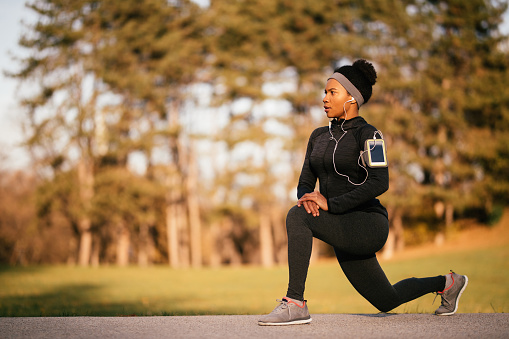
Some exercises you can include are:
- Squats and lunges for the lower body
- Push-ups and rows for the upper body
- Planks and their variations for the core
Start with two to three sessions per week with at least one day of rest between sessions.
If you’re unsure, work with a fitness professional to ensure proper form and techniques.
I watch YouTube videos like Fabulous 50s and seated exercises, which are great starting points for strength training, or a great start if you’re overweight or obese.
I also watch Fabulous 50s and Happy Walk videos for low-impact cardio exercises.
Progression and Adaptation
To keep seeing results, make sure your strength training progresses over time.
Either through:
- increasing the weight,
- changing the number of sets and repetitions, or
- trying more advanced exercises.
3.) Truths and Safety Considerations
There are some false beliefs about weight loss/strength in the 40, 50+ age group- like:
1.) It’s impossible due to a slowing metabolism.
Sure, your metabolism may not be as fast as it once was, but it’s still entirely possible to lose weight through a combination of diet and exercise.
The key is:
- finding a DAILY strategy that works for you
- patience- seriously- no fast fixes (no 80s diet mindset)
- perseverance- think “The Tortoise and the Hare” and “slow and steady wins the race…”

2.) You can’t build muscle when you’re older.
Yes, you can.
While muscle mass may naturally decrease with age, it can still be built and maintained through strength training exercises, even if you’re over 40.
3.) Cardio is the only way to lose weight.
While low-impact cardio is great for overall health, strength training is the real hero. It helps build lean muscle mass, which boosts metabolism and burns more calories at rest.
Not to mention, is crucial for age-related bone issues, balance, grip, atrophy, posture and core muscles, and the ability to stay strong and upright.
Be Safe
Before starting a new exercise or nutrition regimen, it’s important to consult with a doctor
– do not ignore this–
at this age, you may think you can handle high-impact exercises or jump straight into the more intensive fasts- but that’s no longer the reality.
Even if you seem healthy.
This is especially crucial for women over 40, 50+ as you may have specific health considerations, such as:
- cholesterol problems,
- menopause- peri and post (so complex),
- osteoporosis or arthritis
- heart disease, and other cardiovascular issues
- foot (arch and heel) issues,
- and prolapse, that need to be taken into account- to name a very few.
For IF, it’s important that fasting doesn’t lead to malnutrition, and take into account any existing health conditions that may be affected by fasting, such as hypoglycemia or diabetes.
So again, seeing a doctor, especially an expert in women’s health whenever possible, is essential.
4.) Motivational Tips!
Tip #1
Forget Perfection. I really want to say F*** Perfection!!!
Perfection is the enemy of success. It’s the enemy to even STARTING a program.
Start if your house is messy. Start if you don’t have “the right food.” Start if you don’t have “the right” shoes, clothes, wireless speakers, yoga mats, weights, scale, fit watch, app, gym, and on and on and on…
Life will never be perfect, so forget perfection, and get started today.
Tip #2
Pick a time of day to exercise, and do it. Everyday. Pick a time you won’t be distracted, ideally before your day starts. Make this a non-negotiable priority.
Tip #3
Pick an IF schedule that suits you best, and stick with it, or use the 30-day fasting plan for women in “Fast Like A Girl,” by Dr. Mindy Pelz.
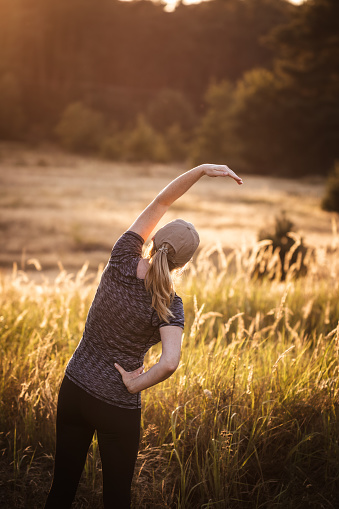
*** For more fabulous motivational tips, please see here on Thursday!:
5.) And so…
You can do this. Use every resource in your arsenal.
Meditate. Pray. Breathe. Develop a mantra.
Lean on friends and loved ones.
Love yourself and let this be a slow and joyful journey of rediscovering your health.



